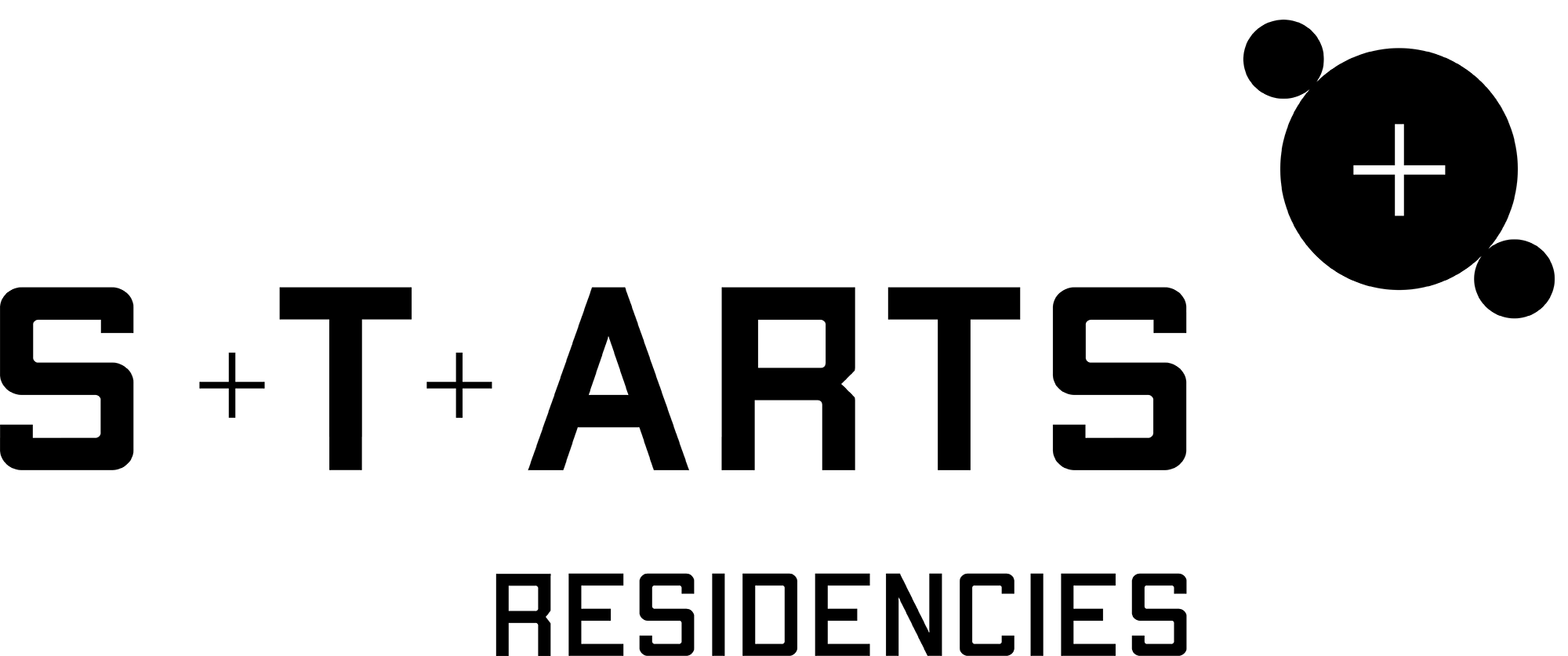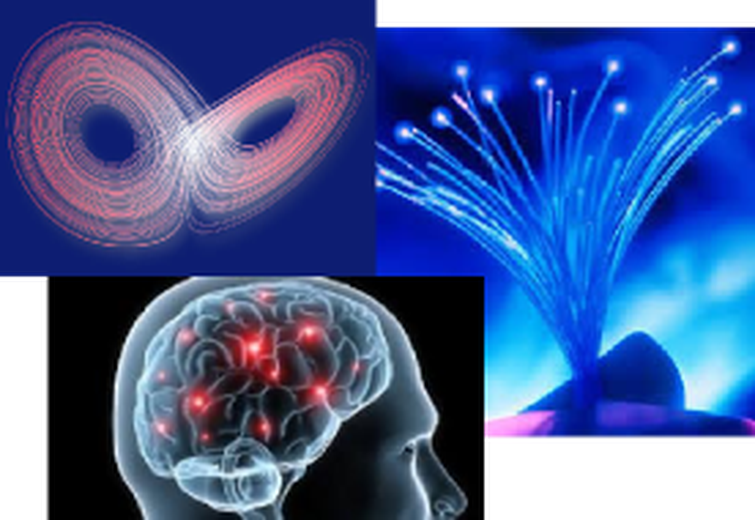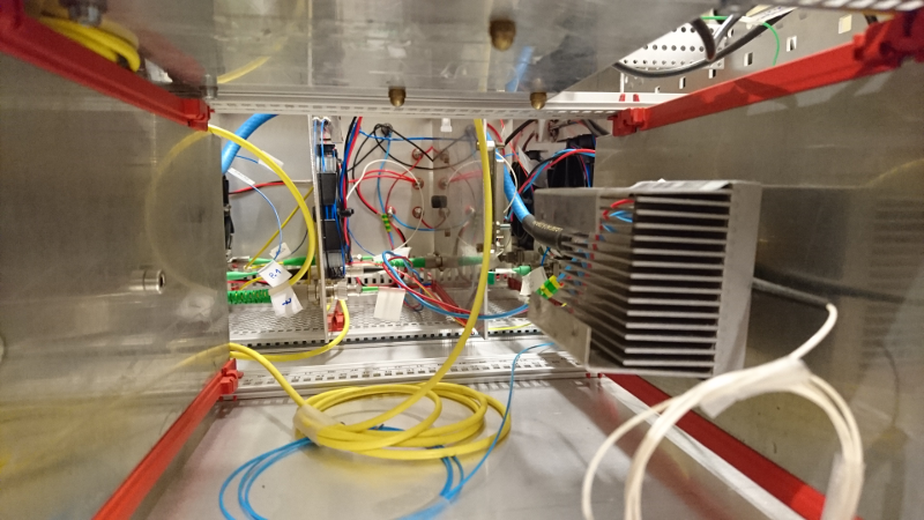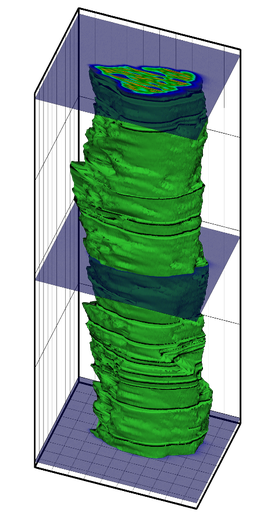Tech Project
Description of the challenges faced by the Tech Project
Following a recently proposed and demonstrated concept known as Reservoir Computing (RC), the projects aims at demonstrating on real world problems, the experimental capability of the concept to solve a complex real world problem. Two such problems have been identified among the current research topics running in our research institute: Diagnostic and Prognostic of Fuel Cell systems, and control of the transverse beam profile of femtoseconde laser machining system. Different experimental approaches for the computing system are conducted to achieve the goal of solving one of the two proposed problem: a delay feedback loop photonic architecture emulating a virtual neural network, an electronic FPGA implementation of the delay feedback loop concept, and a spatio-temporal photonic image processing architecture involving an array of integrated lasers combined with spatial light modulators and diffractive elements. This interdisciplinary project gathers electronic engineering researcher from the fuel cell system domain, experimentalists in photonic complex signal and image processing systems, and mathematicians experts in nonlinear dynamics and machine learning approaches.
Brief description of technology
The research involves several optical fiber telecommunication devices (lasers, fibers, modulators, detectors), as well as integrated photonic systems (laser array, spatial light modulator), and also complex electronic systems assembled to process information in a complex way. Beyond these technological aspects, the exploration of the brain-inspired computing concept involves several complex pattern representations and their analysis, their correlation in order to extract some feature to be exploited for the learning step of the concept.
What the project is looking to gain from the collaboration and what kind of artist would be suitable
Image representation of the information to be processed, as well as of its afterward processed information and its corresponding image representation, are important graphical elements in the understanding of this groundbreaking computing concept to be explored. From this perspective and beyond a purely artistic work intended to reveal some of the beauty of the technology (devices, systems arrangement, microscopic integrated optics elements) as well as of the complex graphical representations of the information, the artistic interpretation could even play a contributing role in the analysis of the processing concepts, through the pattern exploration by the artist's brain itself, providing suggestions on the pattern features involved in the images produced by our computing systems, both at the encoding stage, at the learning stage, and at the decoding stage.
Resources available to the artist
The hosted artist could have all the environment typically available for the researchers in an office (office, computer, internet connection). The artist will have of course also access to the lab rooms, to the images and characterization data related to the project. Immersed in the research group, the artist will of course also have the opportunity to exchange with the researcher on their work, findings, thinkings, and so on.




